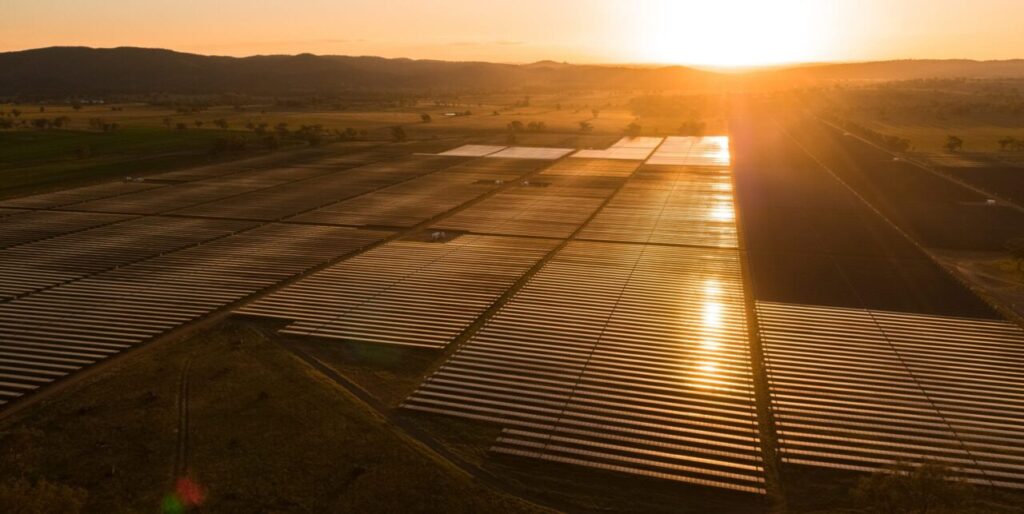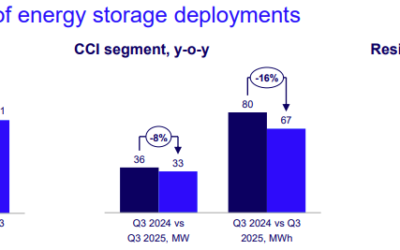
Solar PV developer Lightsource bp has started construction on two solar-plus-storage projects in Queensland and New South Wales, Australia, following success in the first tender of the Capacity Investment Scheme (CIS).
Following the developer’s success in the recent first tender of the Capacity Investment Scheme (CIS), which saw 3.5GWh of battery energy storage systems (BESS) awarded, Lightsource bp has progressed the development of its Goulburn River solar PV plant, which features a co-located BESS, and the 640MWh Woolooga BESS.
The Woolooga BESS is located near Gympie, Queensland, and is co-located with the 214MW Woolooga solar PV power plant. It will consist of 128 battery units capable of storing up to 640MWh of energy, with an export capacity of 222MW.
The system will provide flexible power and grid stabilisation services to the National Electricity Market (NEM) to support the greater uptake of renewable energy generation in the electricity mix whilst also enhancing energy reliability. The Woolooga BESS is expected to be operational by mid-2026.
Try Premium for just $1
- Full premium access for the first month at only $1
- Converts to an annual rate after 30 days unless cancelled
- Cancel anytime during the trial period
Premium Benefits
- Expert industry analysis and interviews
- Digital access to PV Tech Power journal
- Exclusive event discounts
Or get the full Premium subscription right away
Or continue reading this article for free
The 450MW Goulburn River solar PV plant in New South Wales, on the other hand, will cover a 793-hectare site around 28km southwest of Merriwa, 273km northwest of Sydney and cost around AU$880 million (US$596 million) to fully construct.
In late 2023, Lightsource bp was awarded a Long-Term Energy Service Agreement (LTESA) following a competitive tender process with the New South Wales government. This agreement involves providing long-duration energy storage (LDES) services.
As part of the project, a 49MW/392MWh 8-hour duration BESS will be installed at a later stage to enable hybridisation. The project is anticipated to be operational by the end of 2026.
To read the full article, please visit PV Tech.





